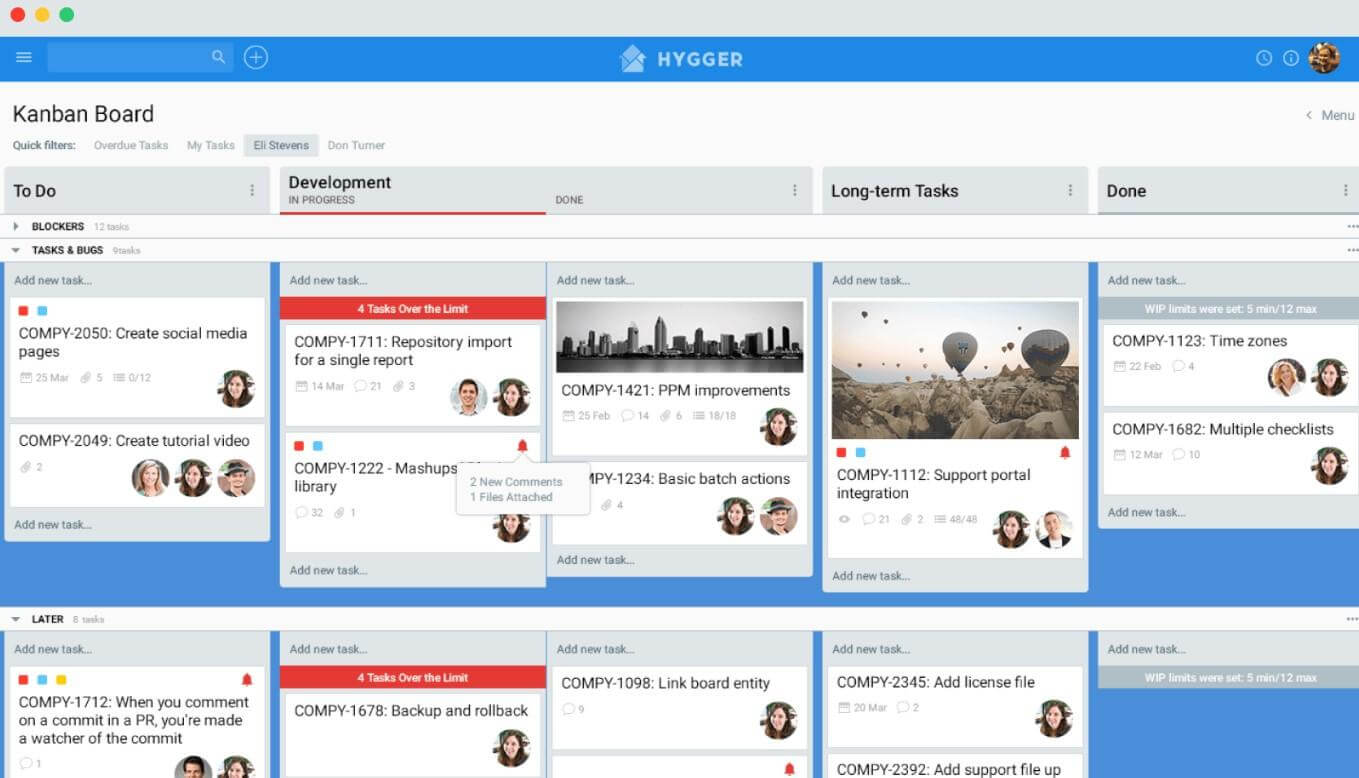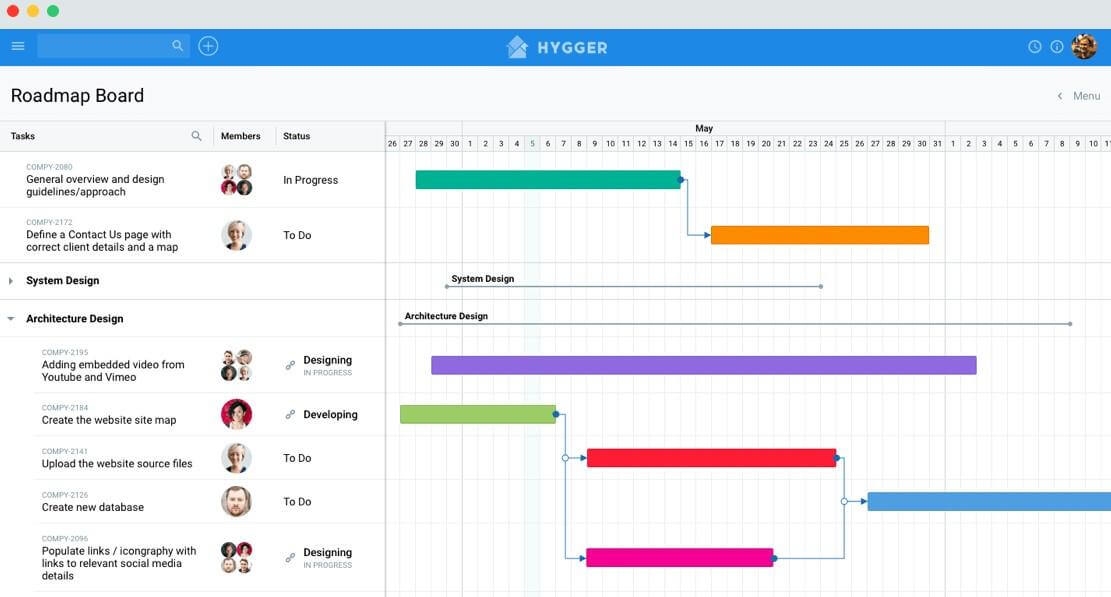Special Aspects of Healthcare Project Management

Nowadays project management is required everywhere because its use can help to control costs, improve outcomes and reduce risks. Project management in various disciplines and industries is the process of planning, organizing, and executing a set of steps to accelerate resource use and reach specific goals.
Healthcare managers also care about continuously refining and advancing their processes. They try to improve service, reduce costs, and improve the patient’s satisfaction.
Healthcare project management has become increasingly important. Having specific PM skills, managers in the medical sector are able to deal with complex tasks and initiatives, control costs, manage risks, and improve project outcomes.
What are the special aspects of project management in healthcare? ![]()
Let’s start with identifying the role of a healthcare manager.
Healthcare Project Manager: Responsibilities and Areas of Influence
Who exactly is a healthcare project manager?
Healthcare project managers are professionals who deal with a variety of projects within a healthcare organization. Their responsibilities may include scheduling and planning departments’ work, managing an addition to a hospital, securing medical supplies from vendors, planning an increase in emergency response rate, budgeting, and so on.
A healthcare project manager determines current issues and challenges and offers possible solutions. He/she also manages a team and delegates tasks, tracks progress and stays on schedule.
One of the most important parts of their work is communication, as project managers should always communicate with different departments, such as a hospital board, legal or others in charge of the budget.
Usually, project managers in the medical sector have constant deadlines, and they manage more than one project at a time. In common words, they have to juggle many responsibilities and interact with different people to get everything done.
What Typical PM Skills Are Required for a Healthcare Project Manager?
The skillset for a project manager in the healthcare area does not extremely differ from the skillset for a project manager in construction, project manager in the education sphere or other environments. However, there are some distinctive features that require to adapt general skills to the unique challenges that healthcare presents. Here are some of the most important skills required:
Leadership
Leadership means managing projects, first of all. Leaders involved in healthcare project management should constantly inspire and motivate individuals to make them effective team players being able to complete tasks successfully.
It’s also important to build strong relationships and confidence with the executives. The best way is to lead both the team and those who hold the purse strings.
Interpersonal skills
There can be many executive tiers in the healthcare sector. So, being a manager, you need to be able to communicate effectively with all of them and listen actively.
Medical codes and protocols also take place and there can be a more formal way of dealing with individuals.
Flexibility
Regardless of how well you plan your project, there will be some challenges, and you will need to have the flexibility to respond to them.
If a project manager is too rigid, his/her project will probably fail. Healthcare projects are often complex and structured, and they sometimes go off with a hitch. The ability to respond quickly is what differ ordinary project managers from the great ones.
Problem-solving
Healthcare management implies problems like all other areas and industries. These issues are quite normal to any project, for example, team members being blocked, budget shortfalls and unplanned problems.

Healthcare also contains risks that seem exclusive to its business. It is about changes to public healthcare policy or rising costs in medical science technologies.
Stages of Healthcare Project Management
In order to be effective, projects must go from a simple idea to a fully managed process, no matter it is about redesigning an emergency room or starting a project to improve billing operations.
There are some guidelines on how to manage healthcare projects, and you can pick any method. Usually, they involve four stages:
- Initiation – when project managers define the scope of the project, costs, and risks.
- Planning – when they plot out each step of the project, set deadlines, communicate a budget, and assign responsibilities.
- Executing and monitoring stage – when they can adjust the project plan meaning schedules and the budget. Healthcare project management is about endless efforts that go into getting approvals and ensuring regulations are met.
- Closure – when the project ends and managers create a document that summarizes outcomes, deliverables, and lessons learned.
There are different project management techniques that can be applied in the healthcare sector, but the most common are Waterfall and Agile.
Waterfall Healthcare Project Management
Waterfall means a sequential, linear process containing a number of distinct phases. Projects are mapped out with clear requirements and deliverables for every phase. Managers regularly document processes along the way and each phase is completed before the next one begins.
One of the most effective tools to visualize Waterfall is a Gantt diagram. The executives in large hospital systems prefer to have an idea of what the work is, the effort necessary to complete projects. They want to know how the work is broken out and when each of the phases can be started and finished.
Agile Healthcare Project Management
Agile is an iterative project management approach that was derived from Lean principles. Agile philosophy encourages collaboration and frequent adaptation. It includes a few hallmarks:
- Sprints. Projects are divided into sprints – the amount of work within a specific time frame (usually 2 weeks).
- Scrum Master. A project leader who brings everyone on together and asks individuals for commitments of what they will accomplish during a sprint.
- Stand up meetings. The teams in Agile meet regularly to discuss their progress.
- Retrospective. This kind of meeting is run at the end of each sprint. Team members come together to review what they accomplished and what they learned from the process.
Agile has quickly conquered its popularity because of fast results, continuous improvements, and increased buy-in from stakeholders.
Healthcare Project Manager Tools
It’s a good idea to first acquaint yourself with special tools that you would be using daily before you get a job as a project manager in the medical sector.
Here is a brief list of most commonly used functionality for project management in healthcare:
Dashboards
A dashboard helps to manage information and business intelligence.
Dashboards are able to organize, store, and display important data from multiple sources into one place. They communicate metrics visually to help team members understand complex relationships in their data.
Healthcare project managers need dashboards to convey relevant info to their teams at any time and in any place with the help of smartphones, tablets, and other mobile technologies.
For example, Slack dashboards allow building custom dashboards to track all your messages and healthcare projects without missing a beat.

Task boards
Convenient task boards take personal to-do lists on the next level and give managers a chance to gain a more comprehensive point of view of their affairs.
A task board is updated frequently based on the team’s progress and ensures efficient diffusion of information relevant to the entire team.
Powerful Kanban boards look perfect for these aims as they allow to use cozy columns (for example, Ideas, To Do, In Progress and Done) and additional features such as Swimlanes and WIP limits.

Gantt charts
A Gantt chart is one of the most useful ways of showing tasks, activities or events displayed against time. It typically contains a list of activities and a suitable time scale.
Every activity is represented by a bar. The position and length of the bar reflect start dates, duration and end dates.

Reporting
Perhaps, project reporting is not the most crucial part of a manager’s job, but it definitely has the power to ensure projects finish according to plan.
Reporting is not only about communicating the latest updates. It is used to mitigate risk, track budgets and timelines. You may use a team availability report, status report, project health report, risk assessment, time tracking, etc.
Take time to define which PM tools work best for you, and get comfortable with all required terminology.
Be sure, modern online project management software helps leaders do their jobs more efficiently and productively.
Hygger.io is an all-in-one project management tool that combines powerful features and provides a collaborative platform for teams to work efficiently.




